
Seestar S50 All-in-One Smart Telescope Antarctic Tour
The South Pole stands as one of Earth’s most enigmatic realms, where mesmerizing auroras dance across the sky, vast expanses of icy terrain stretch as far as the eye can
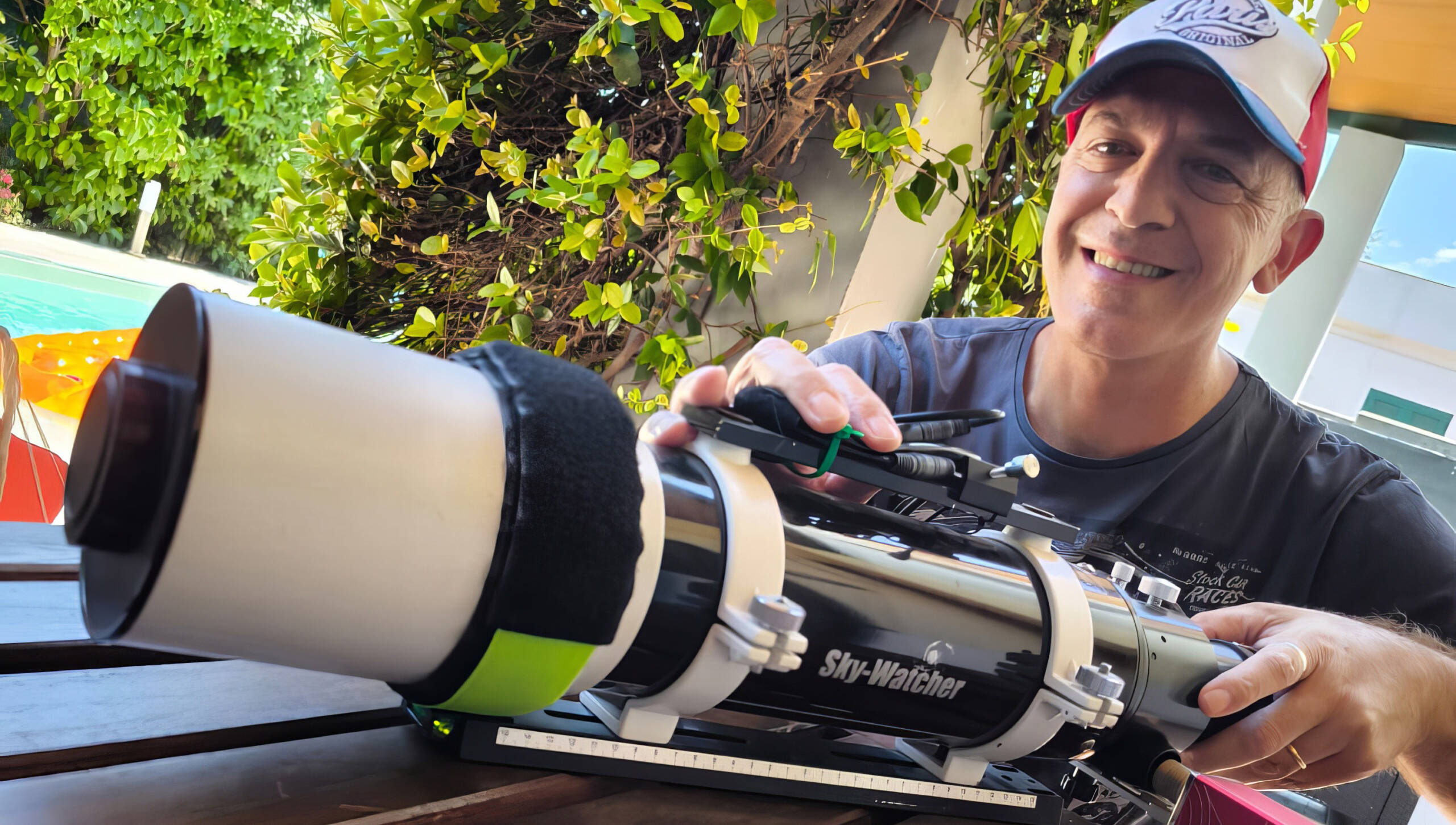
Hello Davide, thanks for accepting our interview invitation. Congratulations on winning the ASIWEEK competition in week #38/2024!
Q1: At first, congratulation that your nice image won #ASIWEEK. Can you introduce yourself to us?
Thank you for this important award. I’m Davide Nardulli, I’m 49 years old and I live in southern Italy, in a small town near Bari.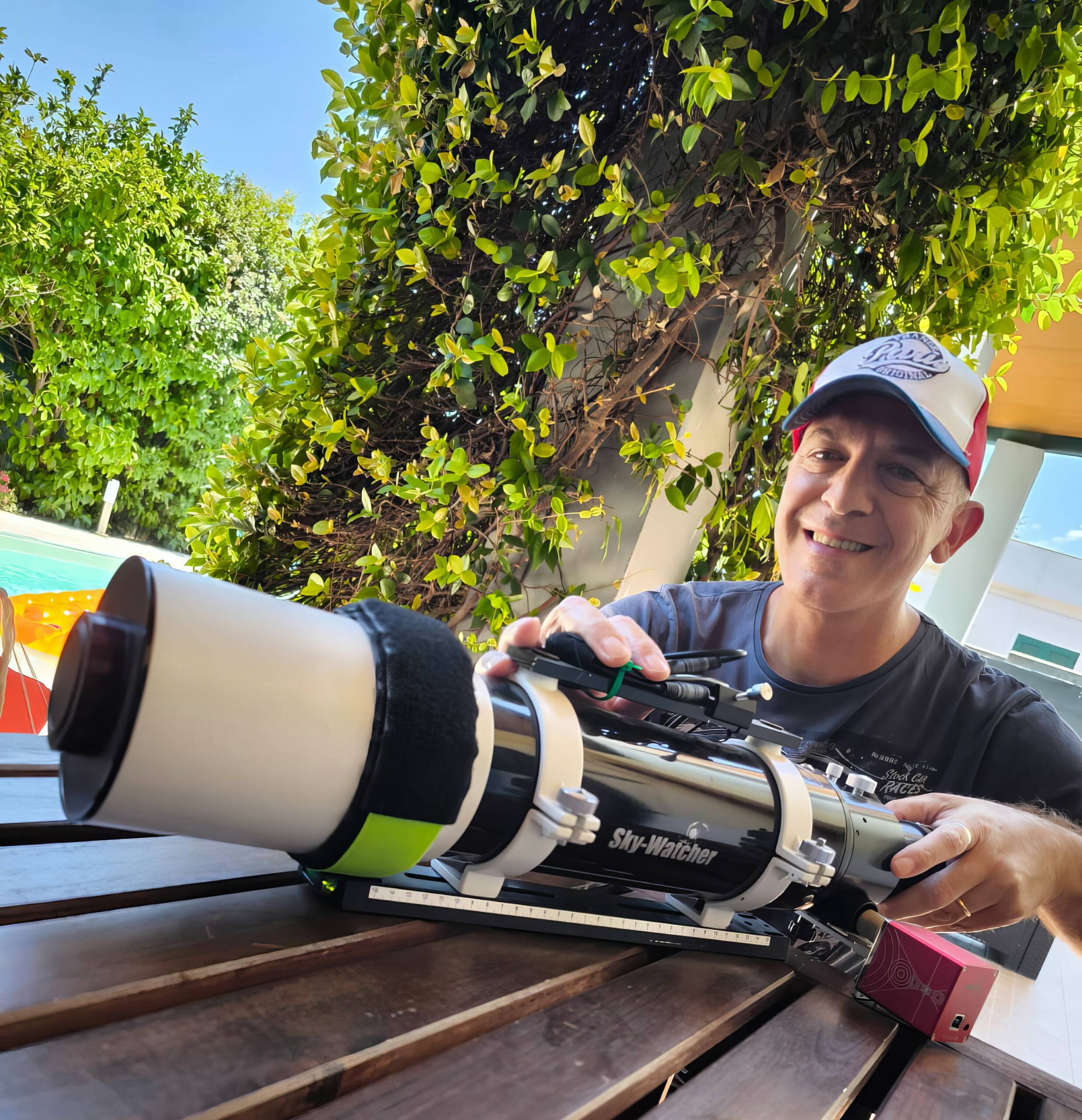
Q2: When did you start astrophotography as a hobby? Why did you choose it?
I took up astrophotography about 4 years ago, but the passion for astronomy and science is something that I have cultivated since I was a teenager: the sky, the stars and its many phenomena have always fascinated me.
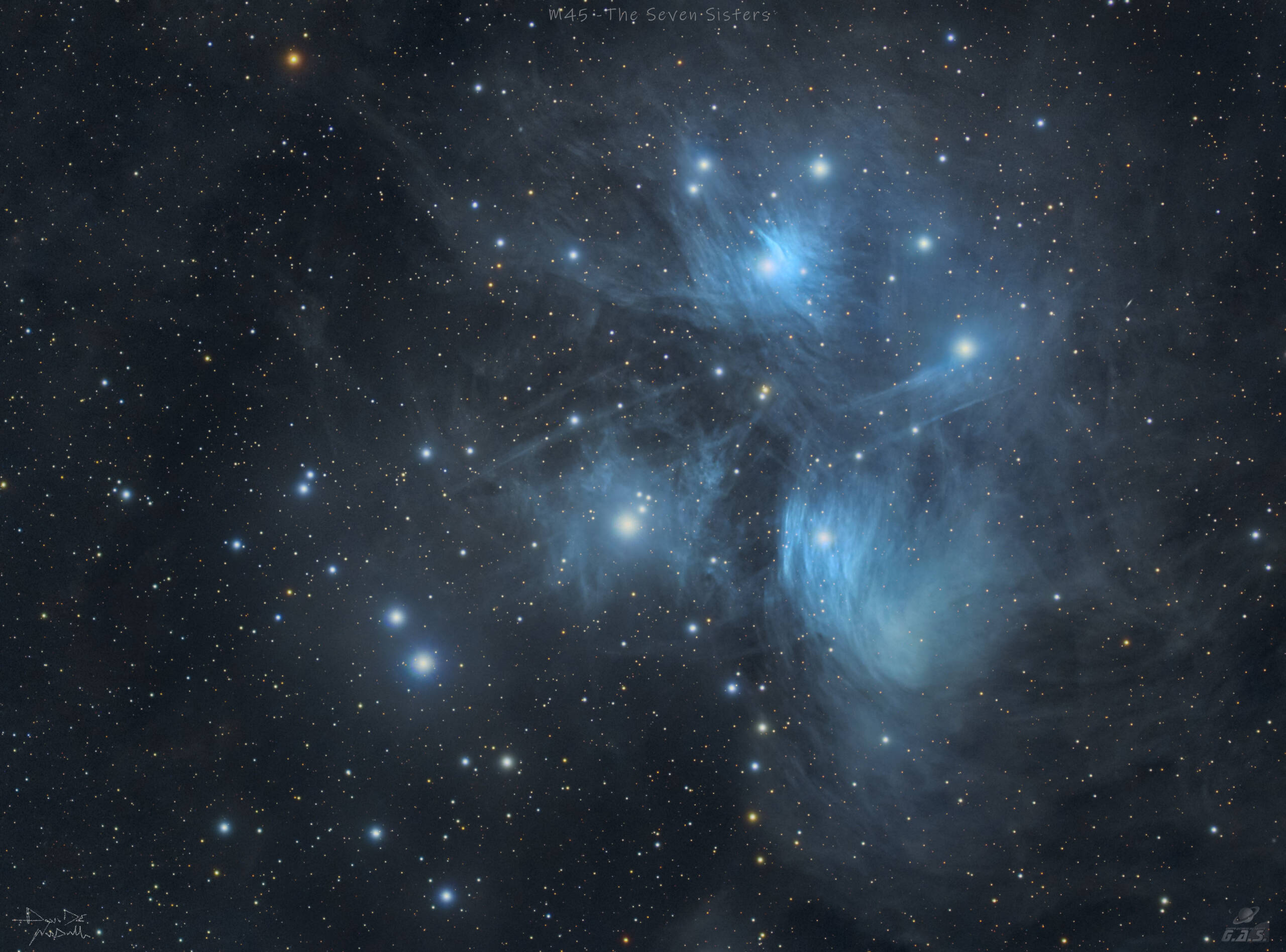
Q3: What kind of fun does astrophotography give you? What does it mean to you?

It’s all-round fun, it’s my playground! I devote almost all my free time to astrophotography: I feel that the complexity of the subject requires maximum involvement and full devotion, which is why it has become an important part of my life.
Q4: Can you tell us about the winning photo?
M106 (also known as NGC 4258) is a spiral galaxy visible in the constellation of the Hounds in which it appears to host a supermassive black hole. M106 is in good company and there are several galaxies in this wide field: at the bottom right is NGC4217, other smaller galaxies from our perspective are NGC4226, NGC4248, NGC4231 and NGC4232. This photo is the combination of about 22 hours of data taken with a monochrome camera and LRGB broadband filters and acquired with a Zwo AsiAir Plus.
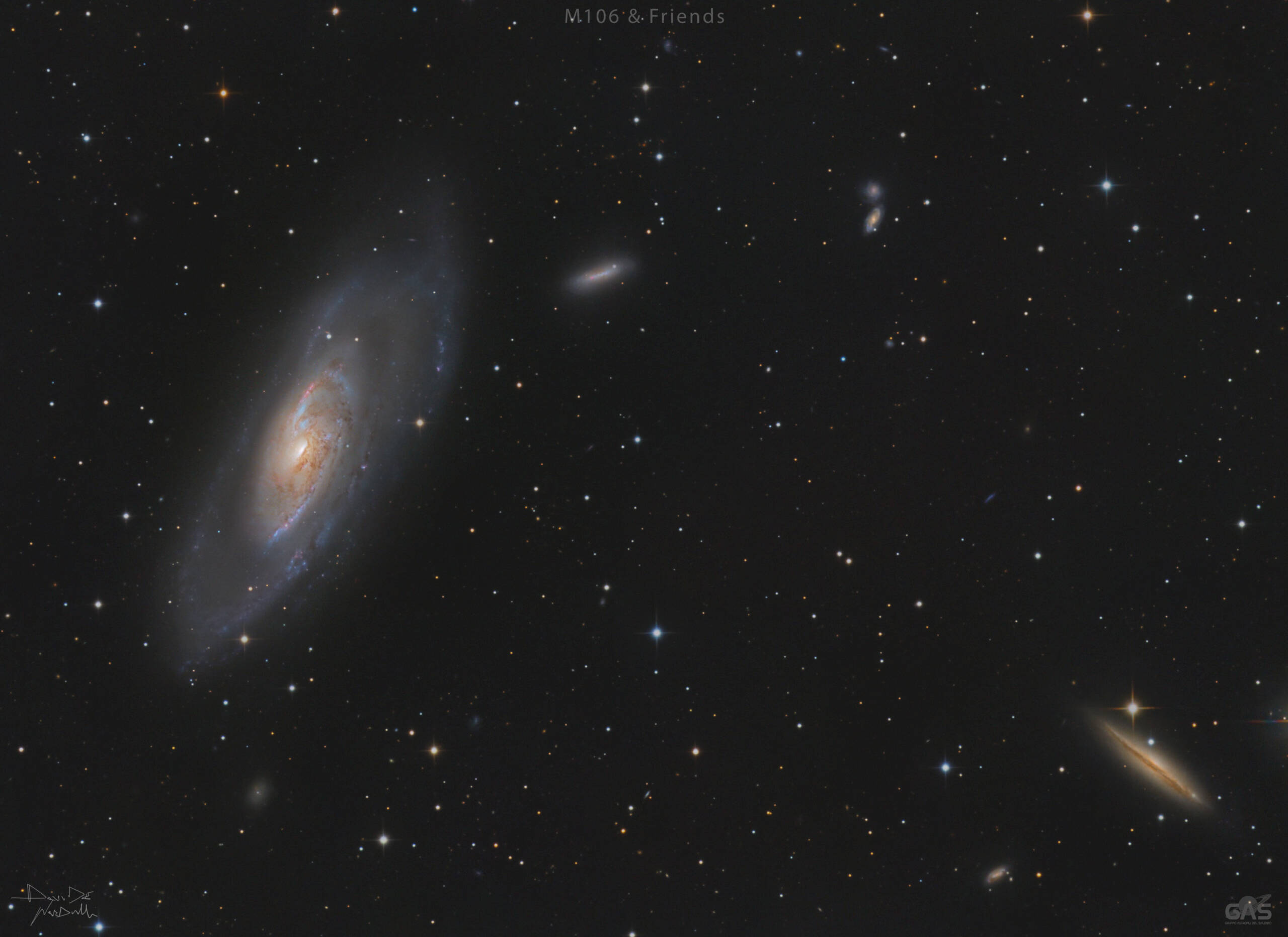
Q5: What gear do you use? Any pictures of them?
The basic setup consists of: a Skywatcher EQ6R pro equatorial mount, a Zwo Asi 2600MM monochromatic camera, a Zwo Asi Air Plus acquisition and autoguiding device, a Zwo Eaf 5v electronic focuser, a Zwo OAG-L off-axis guide with a Zwo Asi 290MM mini camera. As a telescope for this photography, I used a Skywatcher 250/1000 Quattro reflector with TSGpu coma corrector; for the wider fields and generally for photographing nebulae, I use a Skywatcher ED80 refractor with a focal length reduced to 521mm by means of a 0.85x reducer/specifier.

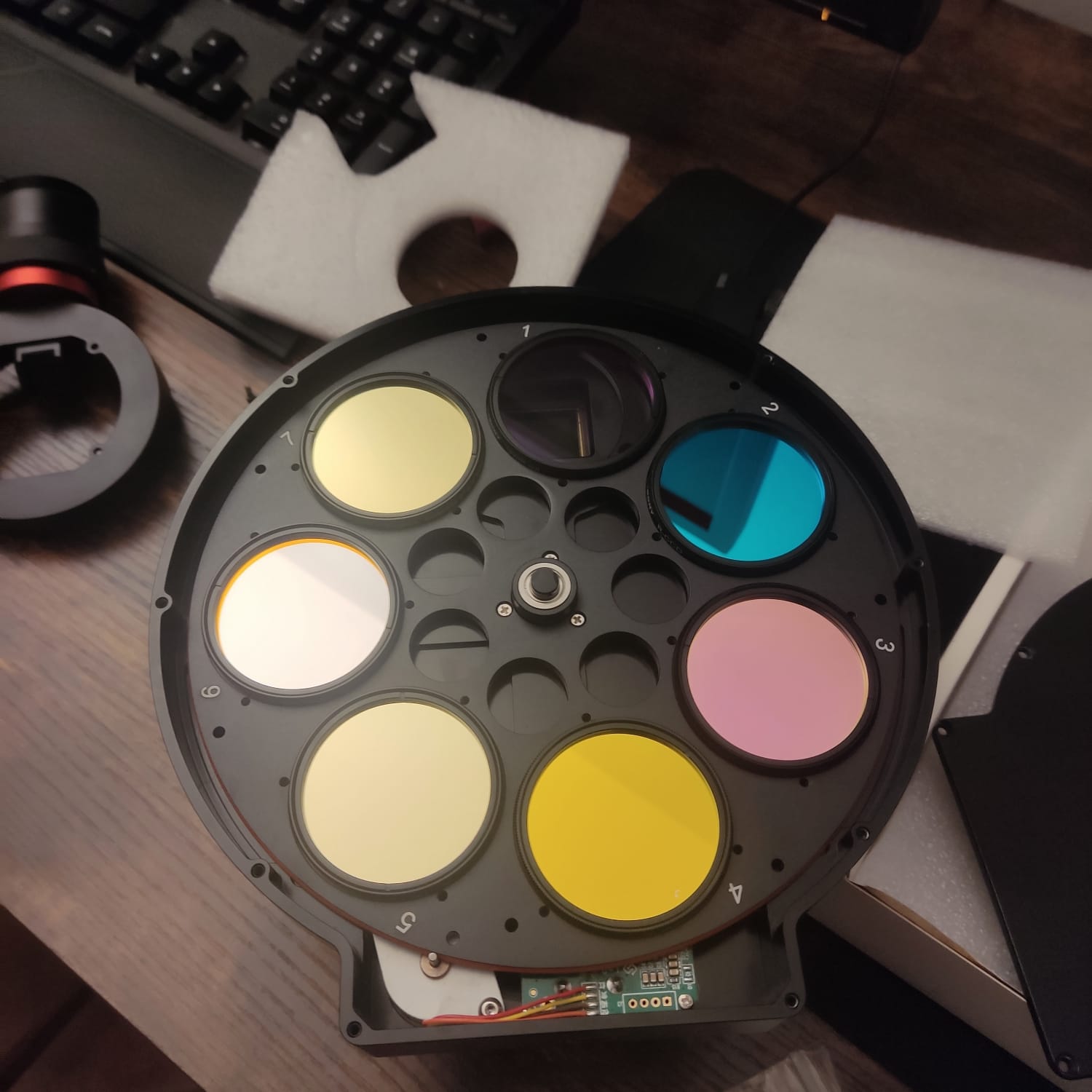
Q6: You seem to be imaging multiple targets together a lot, was there any difficulty in the process? Any experience you can share?
Yes, I really appreciate wide fields: I find they give a sense of scale and a good depth to the image, as well as being visually striking. There are difficulties when shooting the same objects over several nights and this is always the case with a monochrome camera: the sky is not always the same, the gradients can vary from night to night and for this reason it is important to carry out its equivalent calibration file session with each shooting session. I’m talking about the flats, which are fundamental to erase defects that the optical train may present. Clearly it’s necessary for the optical train to remain unchanged until the end of the shooting of the same target, which is not always the case. So it’s necessary to work on the processing in order to make the images coincide. In this photo not everything went right, so I had to sacrifice the edges of the image by making a dynamic crop.
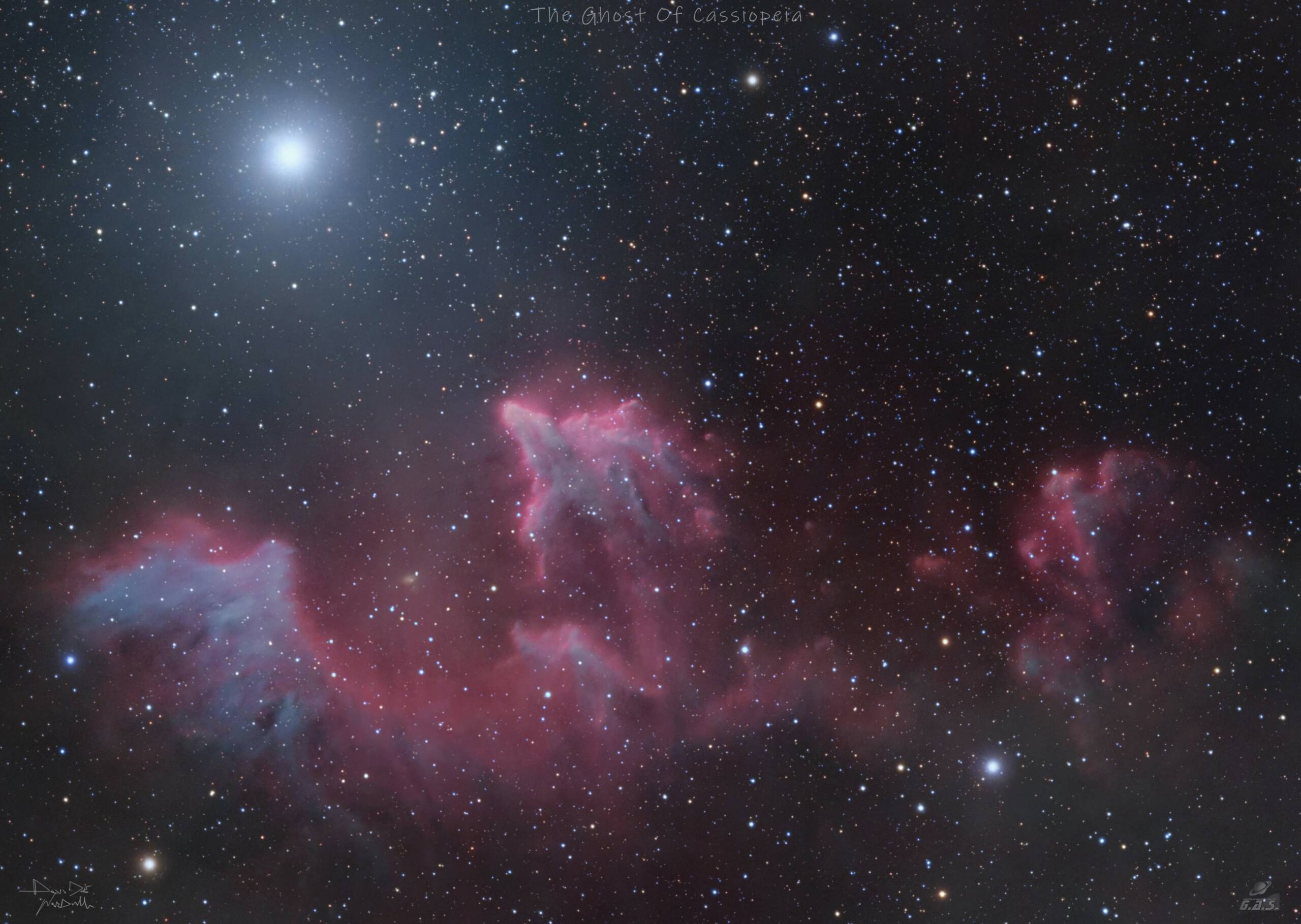
Q7: How is the air quality in your region? Where do you normally take astrophotos?
I take 70% of the photos from my private observatory, the garden of my house in the country. The average sqm is about 19.30, corresponding to a Bortle 6 and it is from here that I took M106.
The other photos were taken from a fantastic Bortle 4 sky with an average sqm of 21.20, in Stigliano – in the province of Matera, also in southern Italy, at an altitude of 1000 meters – a wonderful place for us astrophotographers because it’s totally immersed in nature and offers the opportunity to admire the Milky Way with the naked eye!
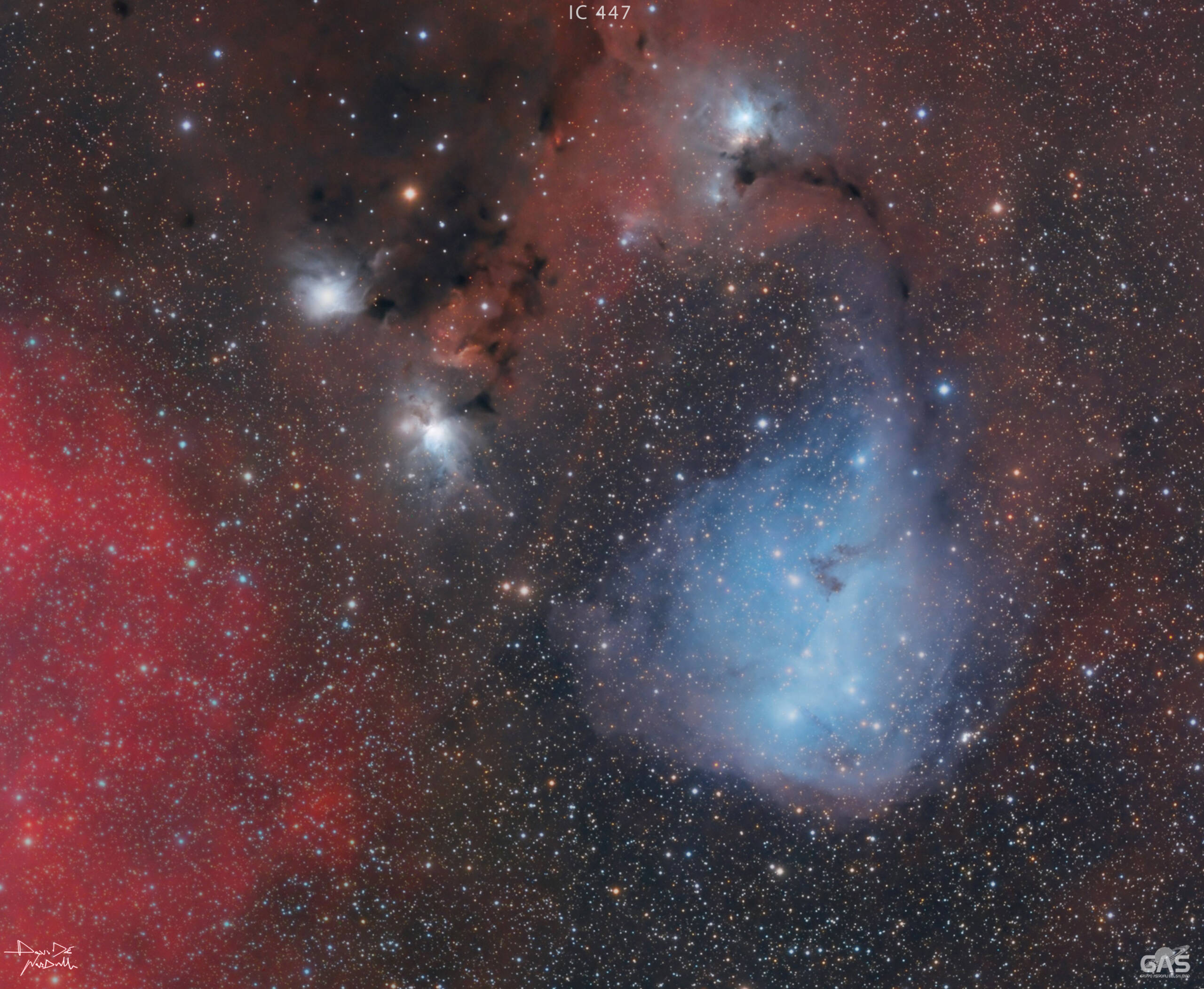
Q8: Is there any memorable story you can share with us from your astrophotography days?
Oh yes! Once I went to photograph at a rather dark site in the nature park of “Alta Murgia” – in southern Italy – called ‘Area21′, where I had an appointment with other astrophotographers. I waited and waited for my companions to join me, but nothing, in the end there was only me. All around was total nothingness. Darkness fell and I was still alone, I began to hear howling closer and closer to me…I’ll let you imagine how quiet I was! Only after a couple of hours, barricaded in the car, did I finally see lights coming towards me in the distance and it was my friends’ cars that were finally arriving: it was a great relief…I WAS SAVED 🙂
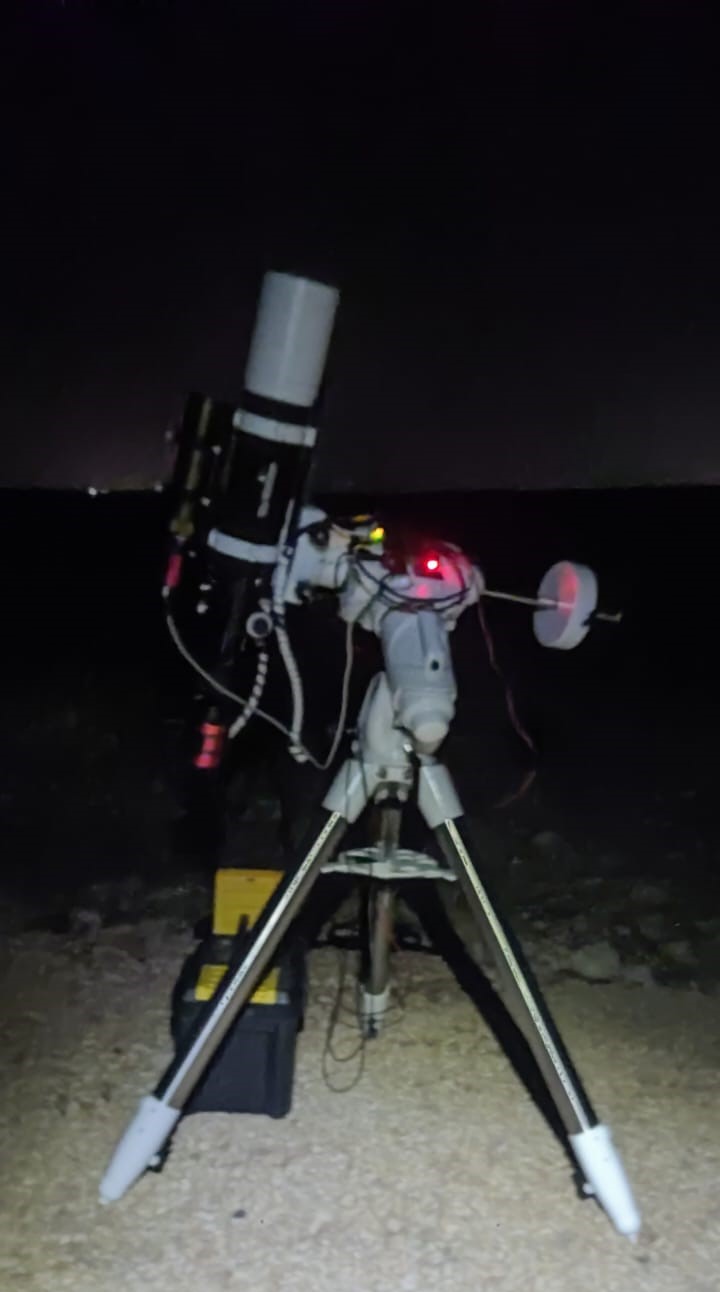
Q9: Besides astrophotography, are you actively involved in other astronomy-related activities?
Yes, I belong to a group of astrophiles, the ‘GAS – Gruppo Astrofili del Salento’. With them, we organise events for the purpose of popularising the wonders of our cosmos with visual instruments, the Sun, the planets and our beloved Moon, but we also like to make people aware of the problems that light pollution creates for us astrophiles and above all for fauna and flora.
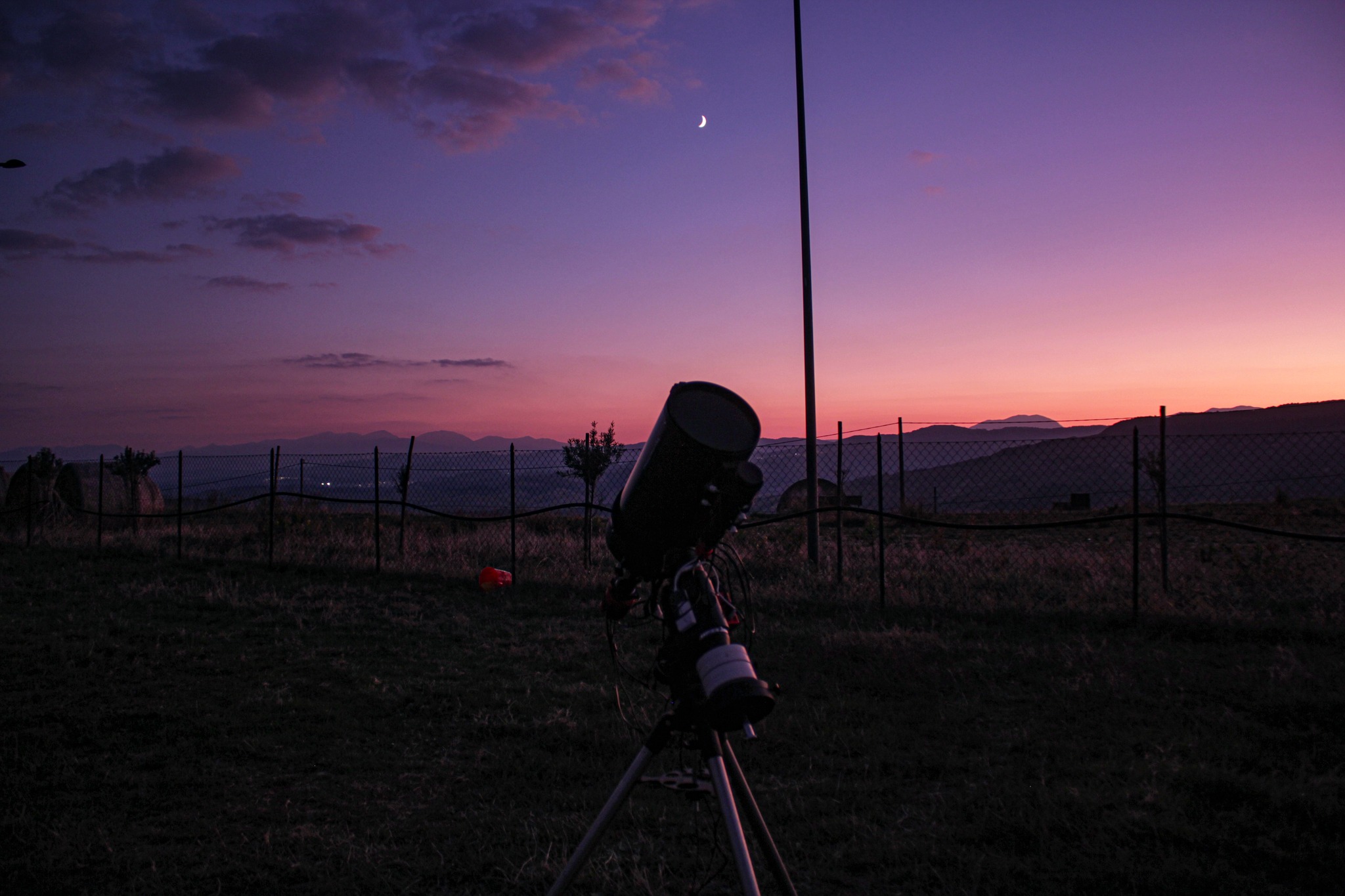
Q10: Do you have any advice for someone new to astrophotography?
The key word in this practice is PATIENCE. An astrophotographer is not born so, but he becomes in this way with time. Each day, each night spent in this magical adventure brings us closer and closer to unhoped-for and unexpected goals. We know that the learning curve is difficult to overcome, it takes a lot of perseverance and I repeat PATIENCE.
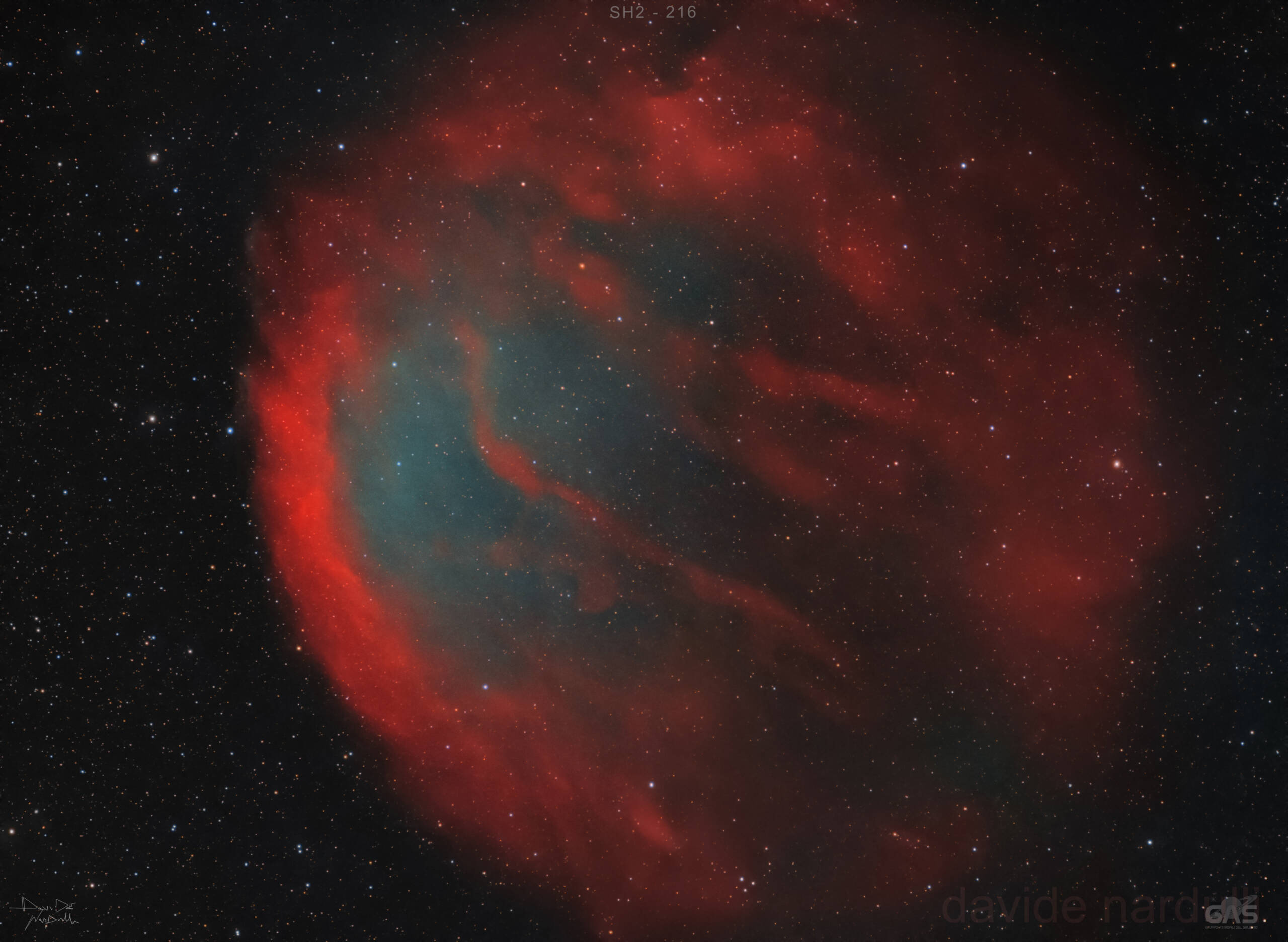
Q11: How many ZWO products do you have, what’s your first ASI camera?
I first had the legendary Asi 224, which I then used as my first guide camera, replaced by the current Asi 290mm mini. My first real astronomical camera for deep sky was the other mythical Asi 294 Mc which was very helpful in taking my photos for the first 2 years. Later, I got an Asi 2600MC Pro and kept it for less than a year because then I made the leap into the world of monochrome with the Asi 2600MM pro! Needless to say, it is an exceptional camera! In addition to the shooting and guiding cameras, I also have an Efw 7×2 filter wheel, 2 Eaf 5v (one per telescope), an Asi Air Plus (previously an Asi Air pro) and an Oag-L off-axis guide.
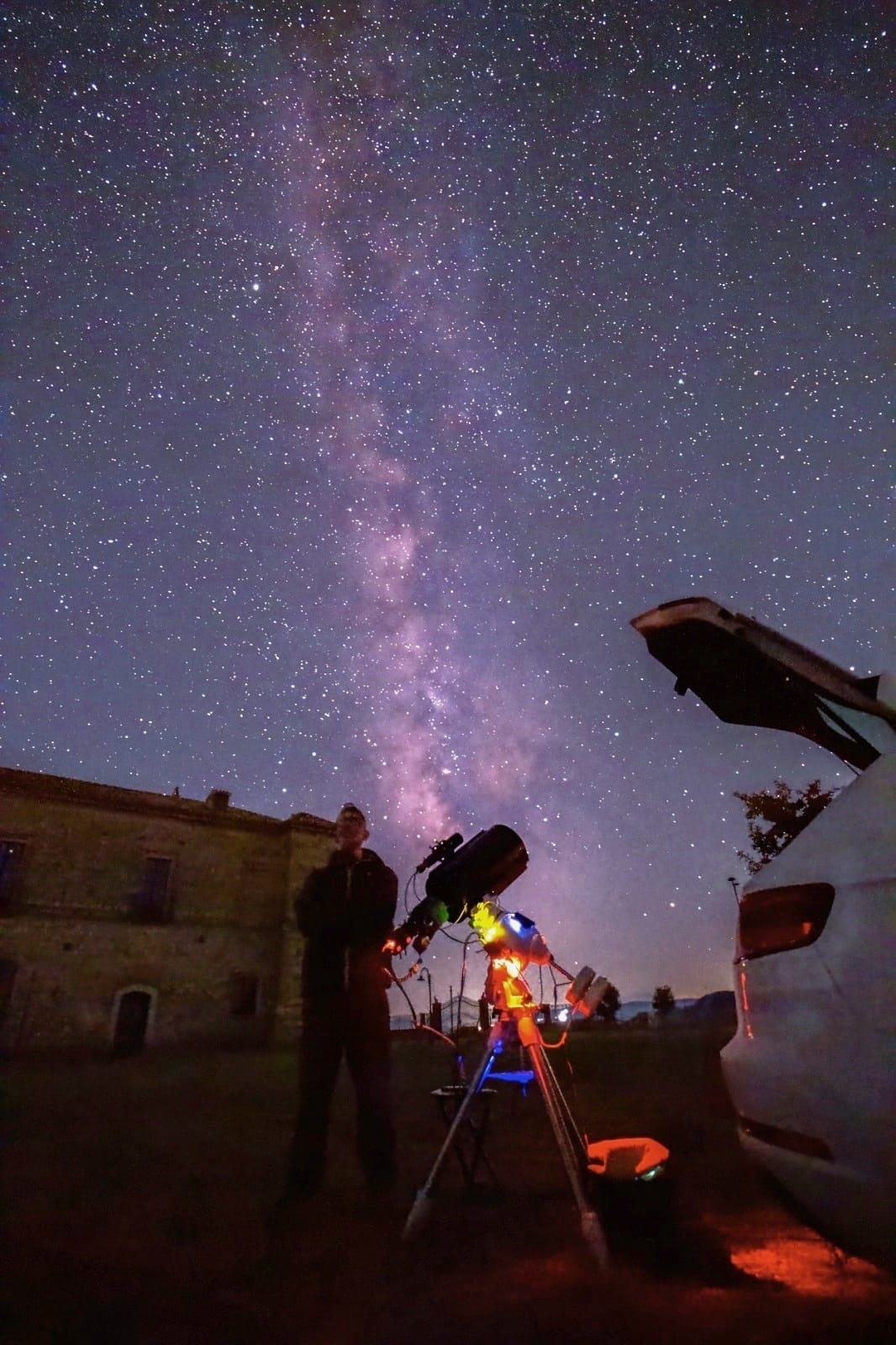

The South Pole stands as one of Earth’s most enigmatic realms, where mesmerizing auroras dance across the sky, vast expanses of icy terrain stretch as far as the eye can
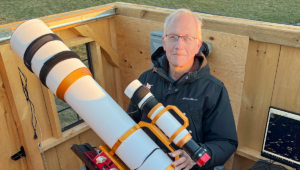
Hello Gary, thanks for accepting our interview invitation. Congratulations on winning the ASIWEEK competition in week #12/2024! Q1: At first, congratulation that your nice image won #ASIWEEK. Can you introduce
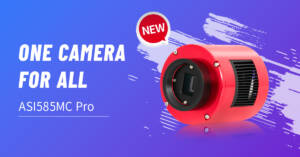
ASI585MC Pro is a new ZWO deep sky camera based on the 4k SONY CMOS sensor with a 1/1.2″ format and 2.9μm pixels. It has a super high sensitivity and
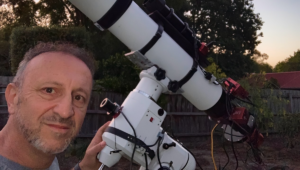
Hello Nik, thanks for accepting our interview invitation. Congratulations on winning the ASIWEEK competition in week #20/2024! Q1: At first, congratulation that your nice image won #ASIWEEK. Can you introduce

Photography is a bridge across languages and cultures. On February 22, 2024, ZWO appeared at Yokohama 2024: Camera & Photo Imaging Show (Japan). Time: February 22, 2024, ~ February 25,